The System Configuration tool, also known as MSConfig, is a valuable utility in Windows 11 that allows you to manage startup processes, adjust system settings, and troubleshoot various issues by modifying how your computer boots. Whether you're aiming for a faster startup, entering Safe Mode, or performing a clean boot to identify problematic software, knowing how to access and use this tool is essential. Below, we'll explore the most effective methods to access the System Configuration tool and guide you through adjusting key startup settings.
Accessing the System Configuration Tool
Using the Run Command
Step 1: Press the Windows+R keys on your keyboard simultaneously to open the Run dialog box.
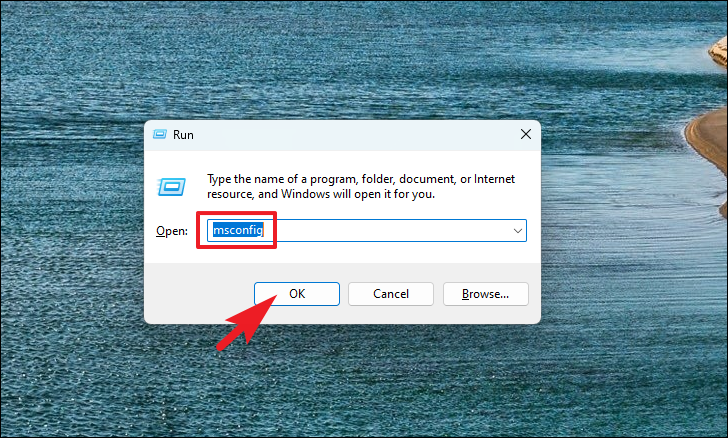
Step 2: In the Run dialog, type msconfig and press Enter or click the 'OK' button.
The System Configuration window will now appear on your screen.
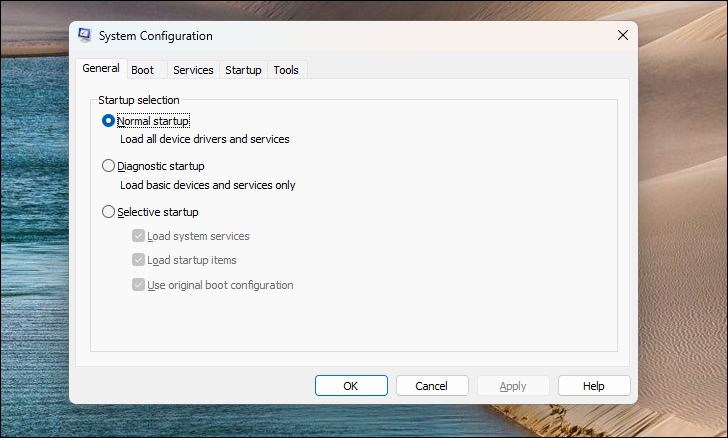
Through the Start Menu
Step 1: Click the 'Start' button and type System Configuration into the search bar.

Step 2: From the search results, select the 'System Configuration' app to open it.
Adjusting Startup Settings with System Configuration
Once you've opened the System Configuration tool, you can adjust various settings to control how your PC starts up. This can help optimize performance and troubleshoot issues caused by conflicting applications or services.
Choosing the Startup Mode
Under the 'General' tab, you have three startup options:
Normal startup: Loads all device drivers and services, starting Windows normally. This is the default mode.
Diagnostic startup: Loads basic devices and services only, similar to Safe Mode. This mode can help identify basic system issues by excluding non-essential drivers and services.
Selective startup: Allows you to select which services and startup items load when Windows starts. You can choose to load system services, startup items, or both. This mode is useful for isolating problems by selectively disabling components.
After selecting your preferred startup mode, any changes will take effect after you restart your computer.
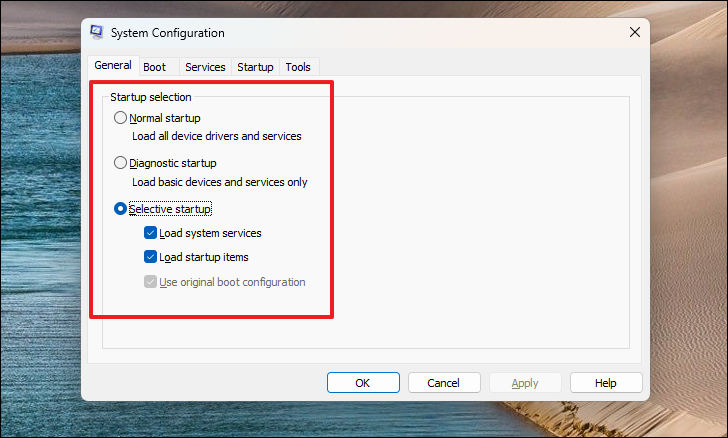
Booting into Safe Mode
Step 1: In the System Configuration window, navigate to the 'Boot' tab.
Step 2: Under 'Boot options', check the box next to Safe boot. You can also select additional options like 'Minimal', 'Alternate shell', or 'Network' depending on your needs.
Step 3: Click 'Apply' and then 'OK' to save the changes.
Your system will now boot into Safe Mode the next time you restart.
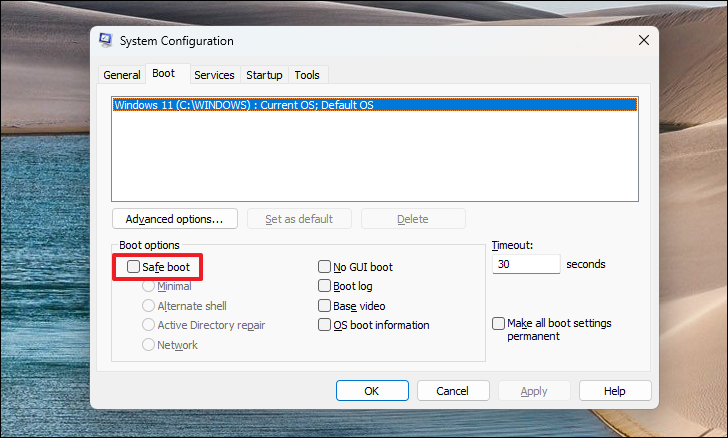
Configuring Advanced Boot Options
If you need to adjust advanced boot settings, such as the number of processors or maximum memory used during startup, you can do so using the advanced options.
Step 1: In the 'Boot' tab, click on the 'Advanced options...' button.
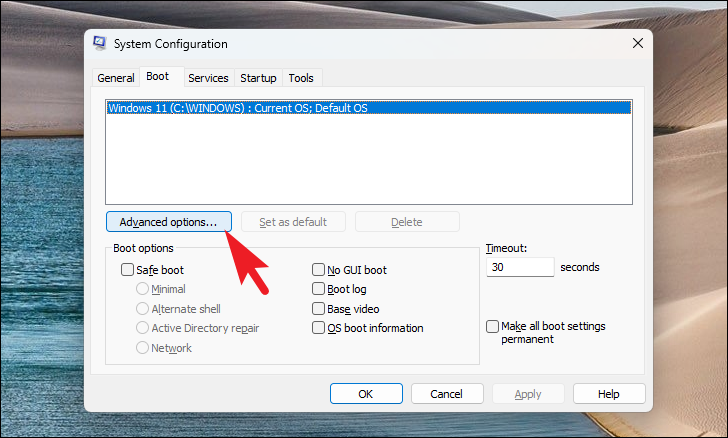
Step 2: In the 'BOOT Advanced Options' window, you can:
- Limit the number of processors by checking 'Number of processors' and selecting a value from the dropdown menu.
- Limit the maximum memory by checking 'Maximum memory' and entering the desired value in megabytes.
After making your selections, click 'OK' to apply the changes.
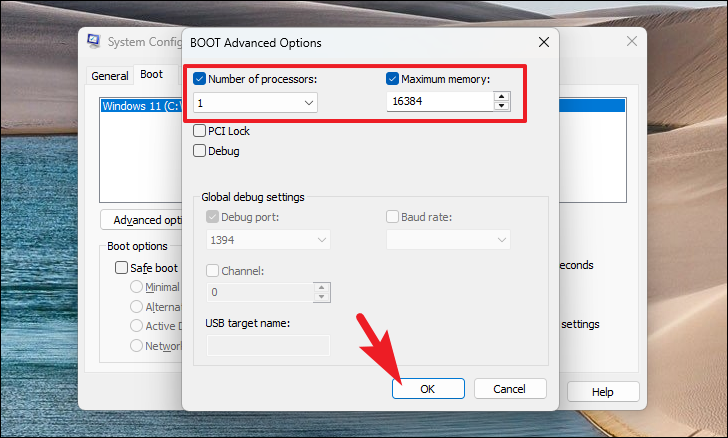
Note: Be cautious when modifying advanced settings. Incorrect configurations can lead to system instability or hardware issues. Only proceed if you are confident in the changes you are making.
Managing Services for a Clean Boot
Disabling third-party services can help identify conflicts or issues caused by non-Microsoft software.
Step 1: Go to the 'Services' tab in the System Configuration window.
Step 2: Check the box next to Hide all Microsoft services to ensure essential Windows services continue to run.
Step 3: Click the 'Disable all' button to disable all remaining third-party services.
After applying these settings and restarting your computer, your system will perform a clean boot, running only essential Microsoft services and helping you pinpoint problematic software.
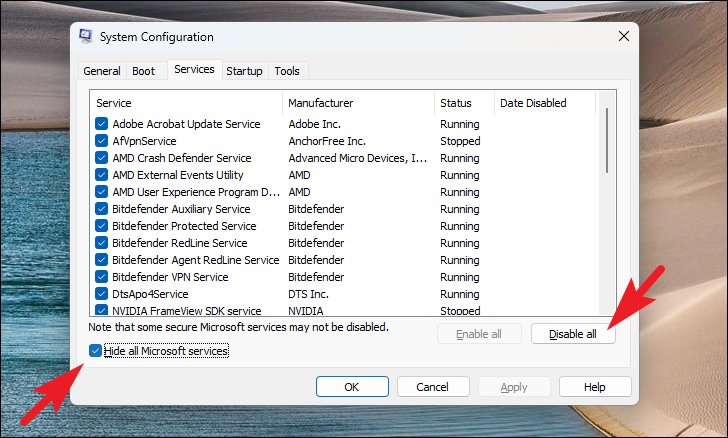
Utilizing the Tools Tab
The 'Tools' tab provides quick access to various system utilities and diagnostic tools.
Step 1: In the System Configuration window, navigate to the 'Tools' tab.
Step 2: Select the desired tool from the list and click the 'Launch' button to open it.
Available tools include:
About Windows
Change UAC Settings
Security and Maintenance
Windows Troubleshooting
Computer Management
System Information
Event Viewer
Programs
System Properties
Internet Options
Internet Protocol Configuration
Performance Monitor
Task Manager
Command Prompt
Registry Editor
Remote Assistance
System Restore

By mastering the System Configuration tool, you gain greater control over your Windows 11 startup processes and system behaviors. This enables you to optimize performance, troubleshoot issues, and ensure your computer runs smoothly.







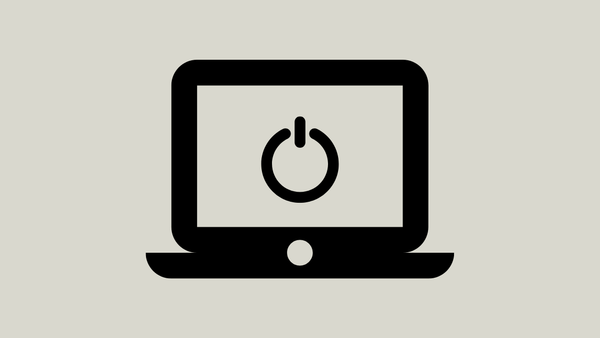
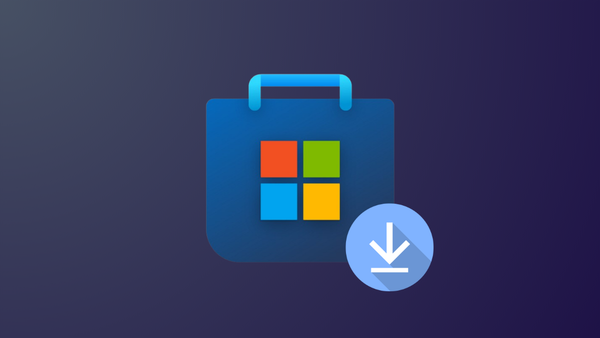


Member discussion